
How to Use ESP32 30 pin: Examples, Pinouts, and Specs
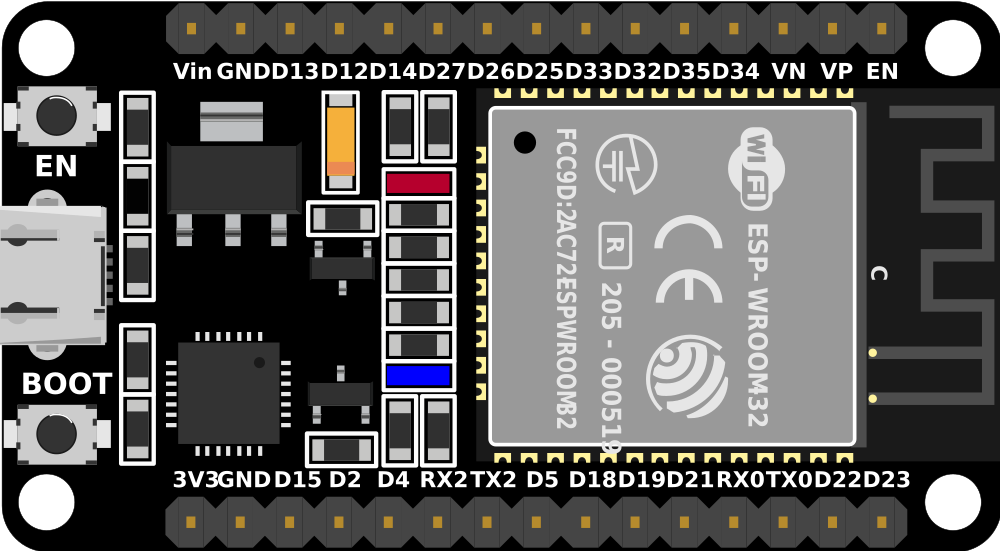
 Design with ESP32 30 pin in Cirkit Designer
Design with ESP32 30 pin in Cirkit DesignerIntroduction
The ESP32 30 Pin is a versatile microcontroller designed for a wide range of applications, particularly in the Internet of Things (IoT) domain. It features built-in Wi-Fi and Bluetooth capabilities, making it an excellent choice for wireless communication projects. With 30 GPIO pins, the ESP32 offers extensive input/output functionality, supporting digital and analog signals, PWM, I2C, SPI, UART, and more. Its powerful dual-core processor and low-power consumption make it suitable for both hobbyist and professional use.
Explore Projects Built with ESP32 30 pin
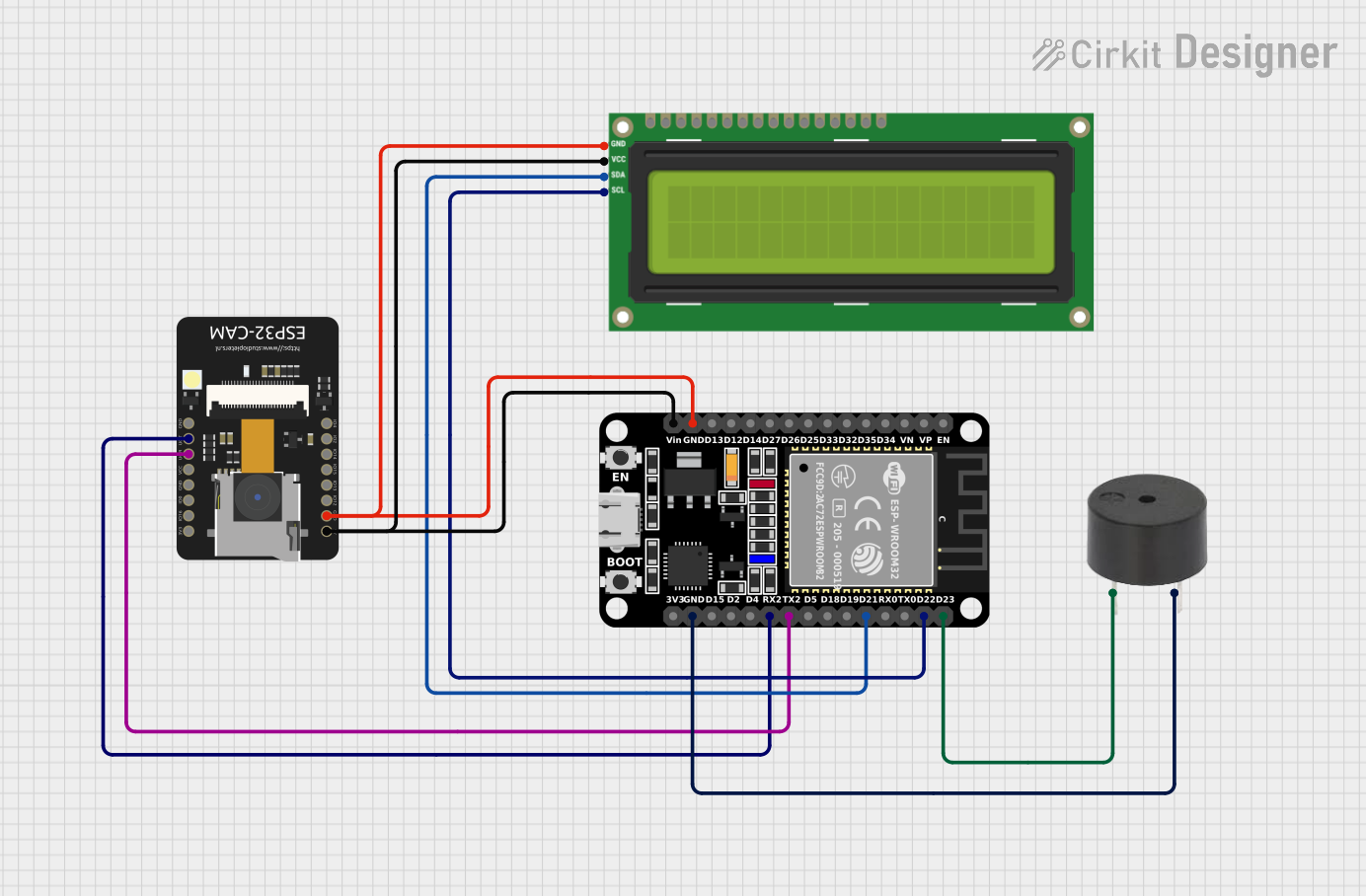
 Open Project in Cirkit Designer
Open Project in Cirkit Designer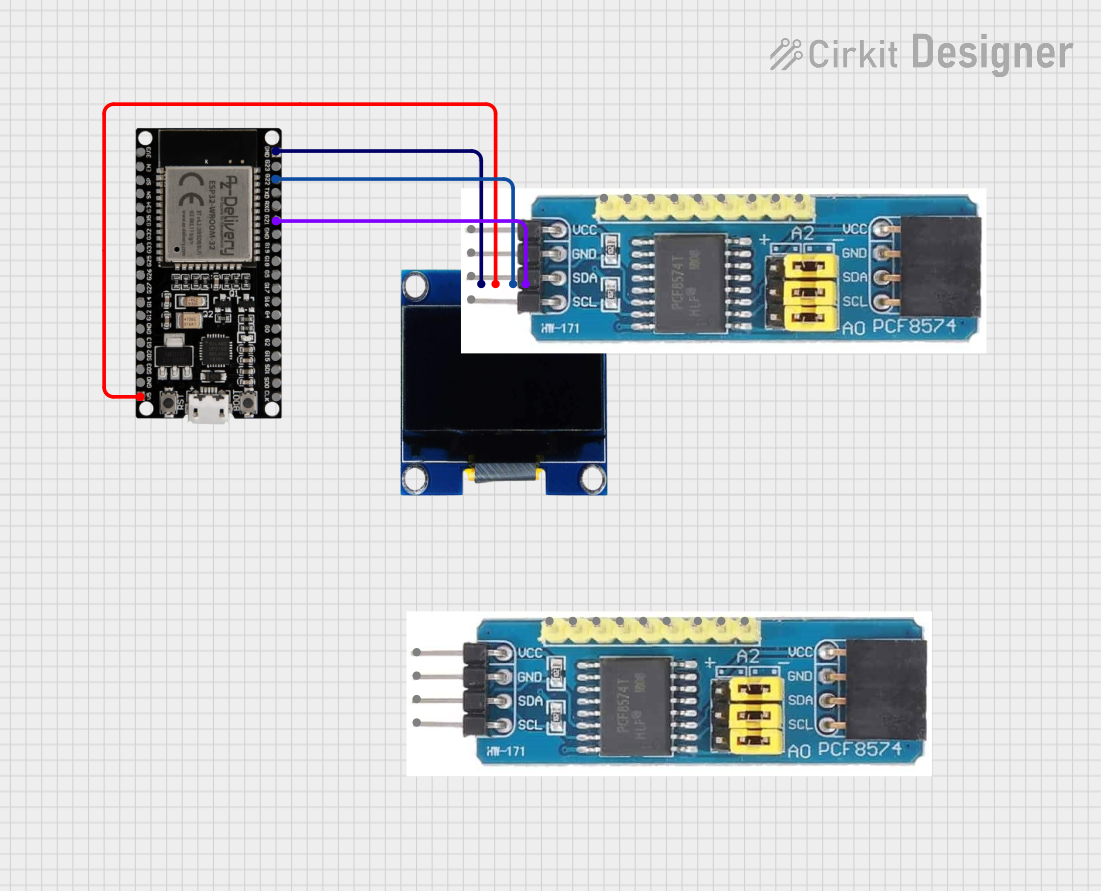
 Open Project in Cirkit Designer
Open Project in Cirkit Designer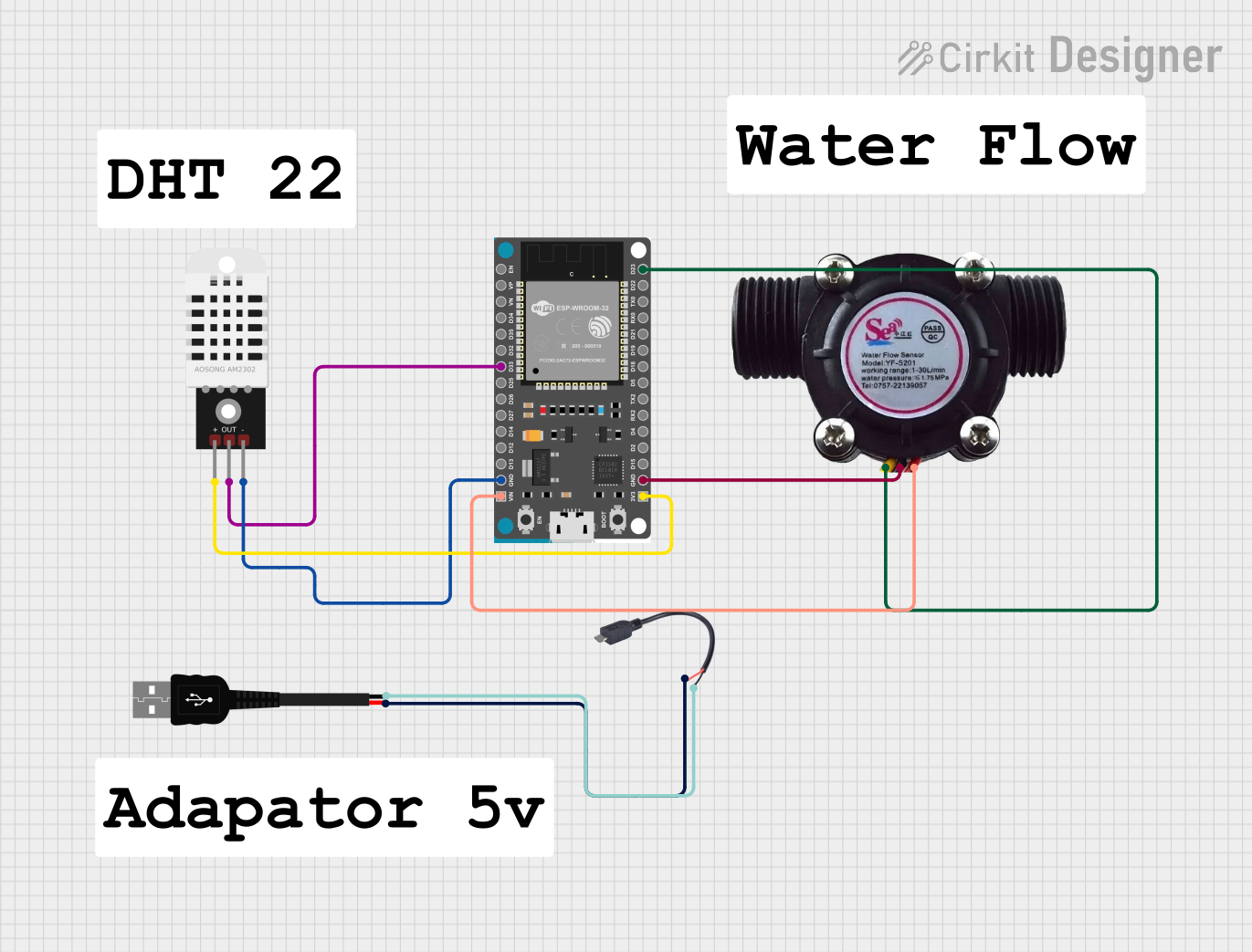
 Open Project in Cirkit Designer
Open Project in Cirkit Designer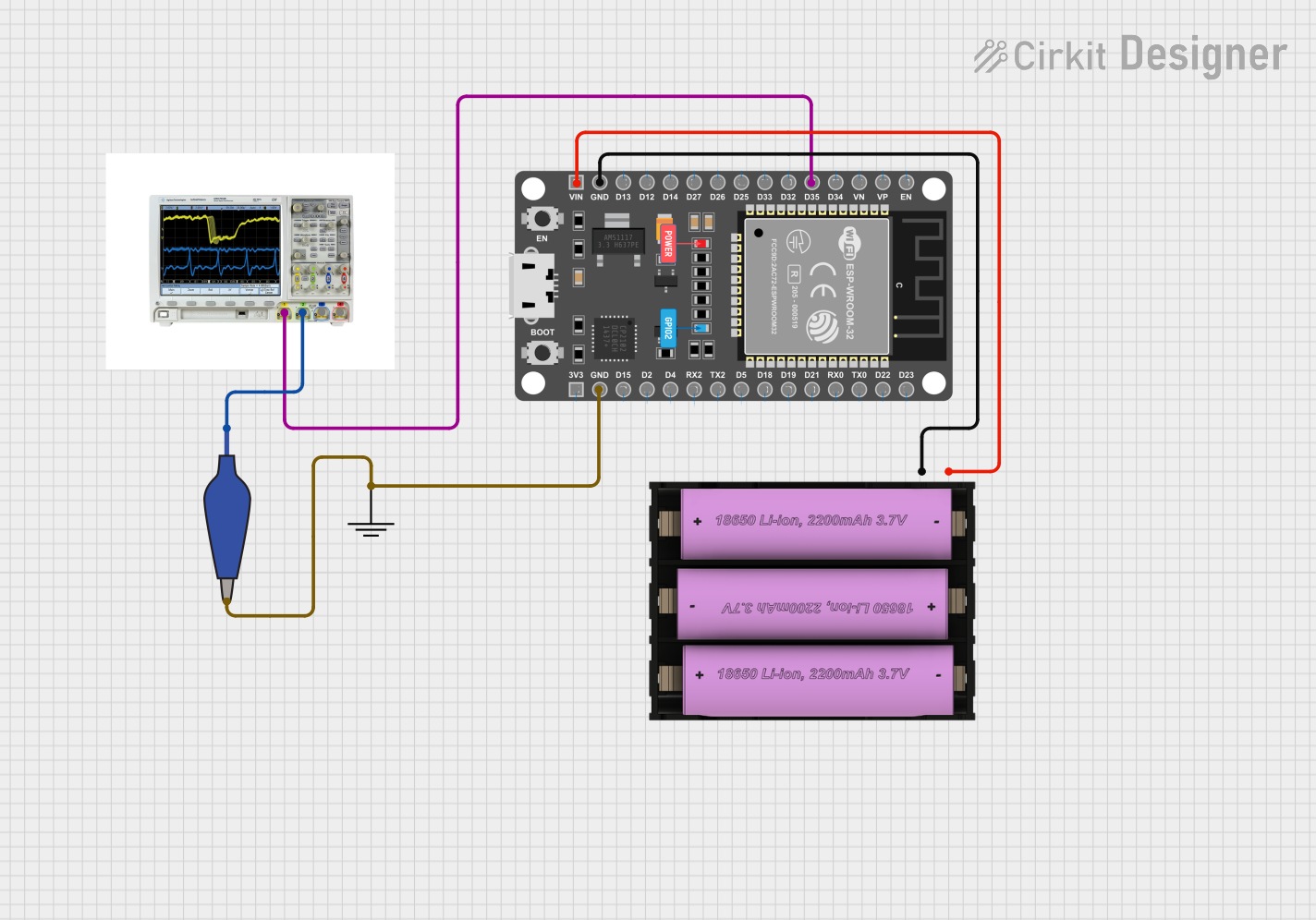
 Open Project in Cirkit Designer
Open Project in Cirkit DesignerExplore Projects Built with ESP32 30 pin

 Open Project in Cirkit Designer
Open Project in Cirkit Designer
 Open Project in Cirkit Designer
Open Project in Cirkit Designer
 Open Project in Cirkit Designer
Open Project in Cirkit Designer
 Open Project in Cirkit Designer
Open Project in Cirkit DesignerCommon Applications
- IoT devices and smart home automation
- Wireless sensor networks
- Robotics and automation systems
- Wearable technology
- Data logging and remote monitoring
- Prototyping and educational projects
Technical Specifications
Key Technical Details
| Specification | Value |
|---|---|
| Microcontroller | Tensilica Xtensa LX6 (dual-core) |
| Clock Speed | Up to 240 MHz |
| Flash Memory | 4 MB (varies by model) |
| SRAM | 520 KB |
| Wi-Fi | 802.11 b/g/n |
| Bluetooth | v4.2 BR/EDR and BLE |
| Operating Voltage | 3.3V |
| Input Voltage Range | 5V (via USB) or 7-12V (via VIN) |
| GPIO Pins | 30 |
| ADC Channels | 18 |
| DAC Channels | 2 |
| Communication Protocols | UART, SPI, I2C, I2S, CAN, PWM |
| Power Consumption | Ultra-low power (varies by mode) |
Pin Configuration and Descriptions
The ESP32 30 Pin microcontroller has 30 GPIO pins, each with specific functions. Below is a summary of the pin configuration:
| Pin Number | Pin Name | Functionality |
|---|---|---|
| 1 | EN | Enable pin (active high) |
| 2 | IO1 | GPIO1, UART TX |
| 3 | IO3 | GPIO3, UART RX |
| 4 | IO4 | GPIO4, PWM, ADC |
| 5 | IO5 | GPIO5, PWM, ADC |
| 6-11 | IO6-IO11 | GPIO, SPI Flash (reserved) |
| 12 | IO12 | GPIO12, ADC, Touch Sensor |
| 13 | IO13 | GPIO13, ADC, Touch Sensor |
| 14 | IO14 | GPIO14, PWM, ADC |
| 15 | IO15 | GPIO15, PWM, ADC |
| 16 | IO16 | GPIO16, UART, ADC |
| 17 | IO17 | GPIO17, UART, ADC |
| 18 | IO18 | GPIO18, SPI SCK |
| 19 | IO19 | GPIO19, SPI MISO |
| 21 | IO21 | GPIO21, I2C SDA |
| 22 | IO22 | GPIO22, I2C SCL |
| 23 | IO23 | GPIO23, SPI MOSI |
| 25 | IO25 | GPIO25, DAC1, ADC |
| 26 | IO26 | GPIO26, DAC2, ADC |
| 27 | IO27 | GPIO27, ADC, Touch Sensor |
| 32 | IO32 | GPIO32, ADC, Touch Sensor |
| 33 | IO33 | GPIO33, ADC, Touch Sensor |
| 34-39 | IO34-IO39 | GPIO, ADC (input only) |
| GND | GND | Ground |
| VIN | VIN | Power input (7-12V) |
Usage Instructions
How to Use the ESP32 30 Pin in a Circuit
Powering the ESP32:
- Use a USB cable to power the ESP32 via the micro-USB port (5V input).
- Alternatively, supply 7-12V to the VIN pin for external power.
- Ensure the operating voltage of connected peripherals is 3.3V to avoid damage.
Connecting Peripherals:
- Use GPIO pins for digital input/output.
- For analog input, connect sensors to ADC-capable pins (e.g., IO32, IO33).
- For communication, use UART, I2C, or SPI pins as per your requirements.
Programming the ESP32:
- Install the Arduino IDE and add the ESP32 board package.
- Connect the ESP32 to your computer via USB.
- Select the correct board and port in the Arduino IDE.
- Write and upload your code.
Example Code: Blinking an LED
The following example demonstrates how to blink an LED connected to GPIO2:
// Define the GPIO pin for the LED
const int ledPin = 2;
void setup() {
// Set the LED pin as an output
pinMode(ledPin, OUTPUT);
}
void loop() {
// Turn the LED on
digitalWrite(ledPin, HIGH);
delay(1000); // Wait for 1 second
// Turn the LED off
digitalWrite(ledPin, LOW);
delay(1000); // Wait for 1 second
}
Important Considerations
- Voltage Levels: The ESP32 operates at 3.3V. Avoid connecting 5V signals directly to GPIO pins.
- Boot Mode: Ensure GPIO0 is not pulled low during boot unless you intend to enter flash mode.
- Power Supply: Use a stable power source to prevent unexpected resets or malfunctions.
Troubleshooting and FAQs
Common Issues and Solutions
ESP32 Not Detected by Computer:
- Ensure the USB cable is functional and supports data transfer.
- Install the correct USB-to-serial driver for your operating system.
Upload Fails with "Failed to Connect" Error:
- Press and hold the "BOOT" button on the ESP32 while uploading code.
- Check that the correct board and port are selected in the Arduino IDE.
Wi-Fi Connection Issues:
- Verify the SSID and password in your code.
- Ensure the Wi-Fi network is within range and operational.
Random Resets or Instability:
- Use a stable power supply with sufficient current (at least 500mA).
- Check for loose connections or short circuits in your circuit.
FAQs
Q: Can I use the ESP32 with 5V sensors?
A: Yes, but you will need a level shifter to convert 5V signals to 3.3V.
Q: How do I reset the ESP32?
A: Press the "EN" button on the board to reset the microcontroller.
Q: Can I use the ESP32 for battery-powered projects?
A: Yes, the ESP32 supports low-power modes, making it suitable for battery-powered applications.
Q: What is the maximum current the GPIO pins can source/sink?
A: Each GPIO pin can source/sink up to 12mA safely.
This concludes the documentation for the ESP32 30 Pin microcontroller.